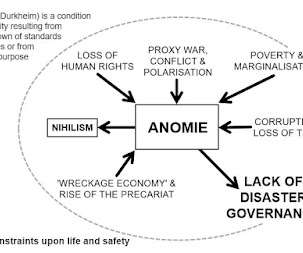A Resilience Charter
Emergency Planning
MARCH 23, 2022
The purpose of this charter is to specify the responsibilities of the state and citizens in the field of resilience against disasters, crises and major public emergencies and incidents. Safety’ refers to protection against major hazards such as storms, floods and industrial explosions. Plans should be networked. Preamble 1.1














Let's personalize your content